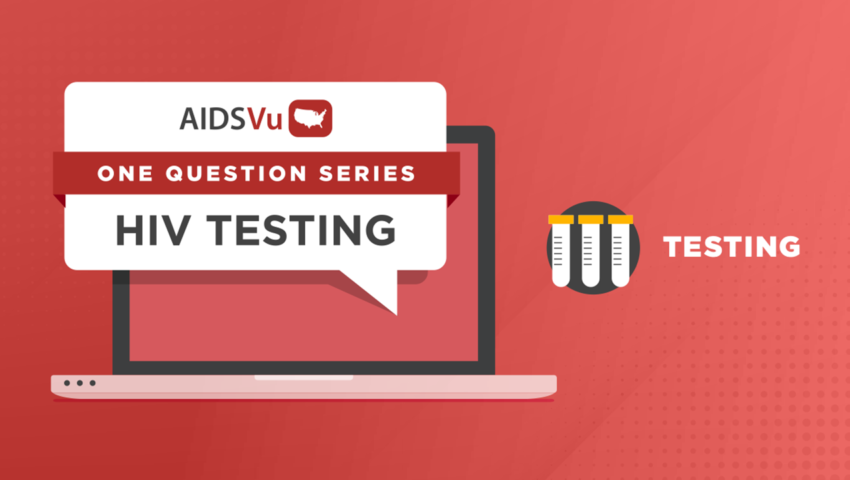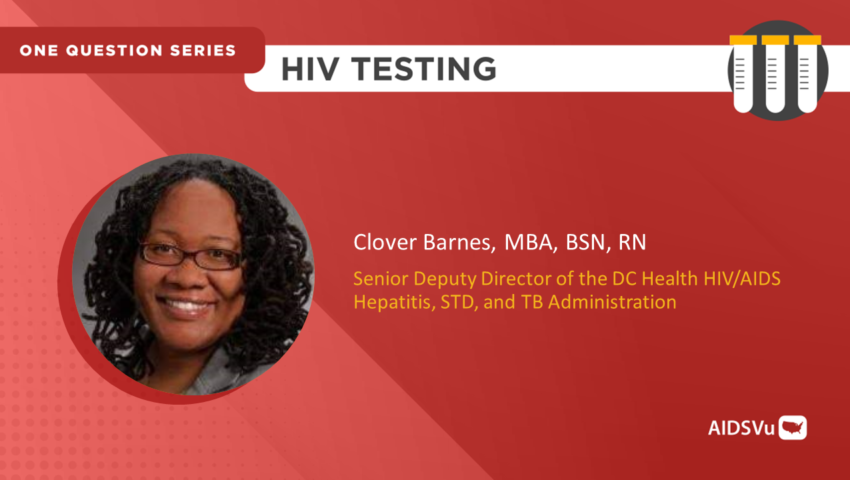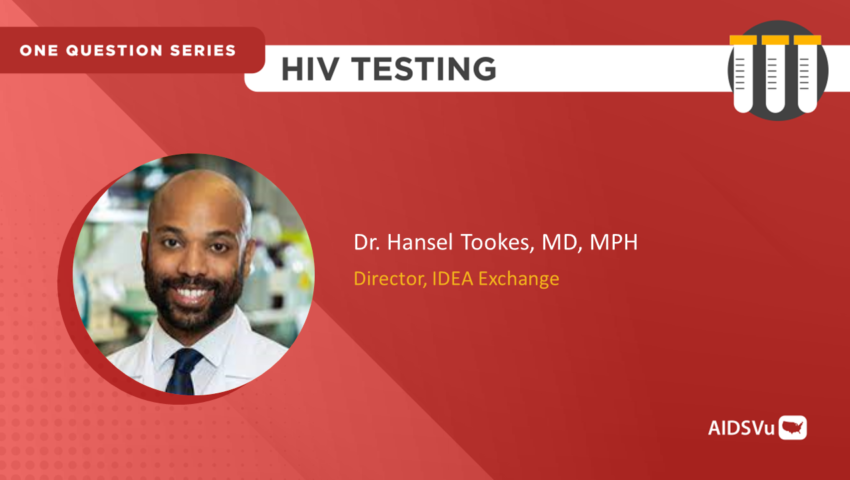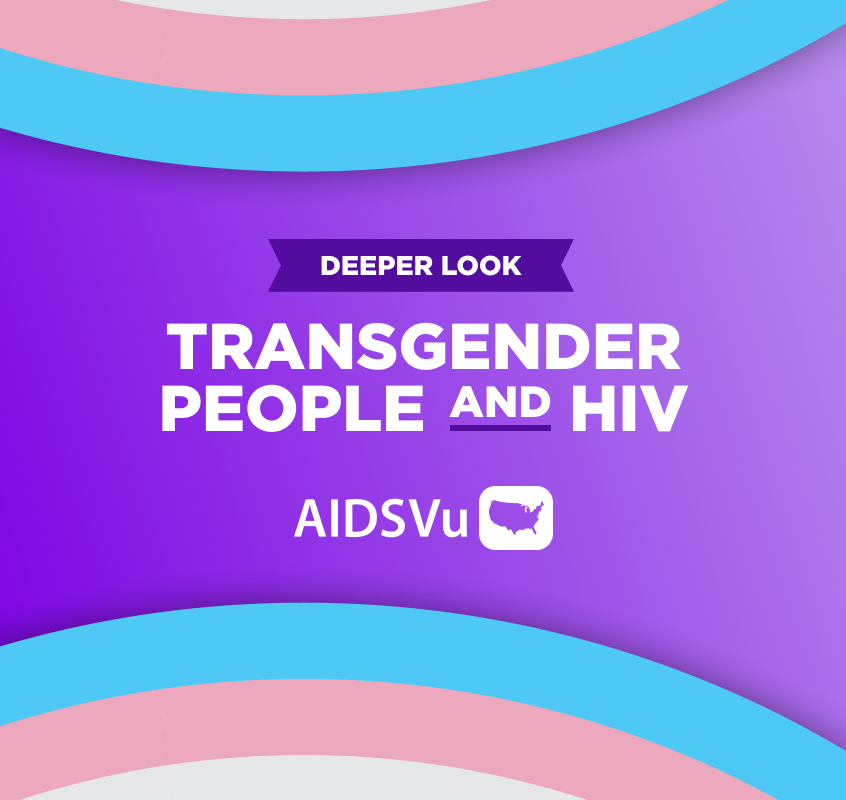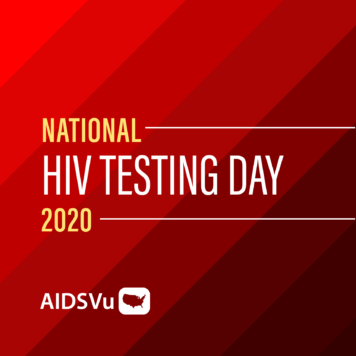In 2019, the U.S. Department of Health and Human Services (HHS) released its Ending the HIV Epidemic in the U.S. (EHE) initiative. The plan outlines objectives and strategies to aid stakeholders—researchers, policy makers, health care providers, advocacy groups, and patients—in working together to reduce the impact of HIV in the U.S.
This series of one question blogs on ending the HIV epidemic explores what it will take to achieve the plan’s ultimate goal of reducing new HIV infections in the U.S. by 90% by 2030 through conversations with experts in HIV from across the spectrum – from federal staff to local health departments.
Question: The U.S. Department of Health and Human Services (HHS) launched the Ending the HIV Epidemic in the U.S. (EHE) initiative in 2019. The initiative aims to reduce new HIV infections in the U.S. by 90% by 2030 by scaling up key HIV prevention and treatment strategies, including testing. How can we increase testing to achieve the plan’s goal of reducing HIV infections in the U.S. by 2030?
FEDERAL PERSPECTIVE:
Today, we have an unprecedented opportunity to end America’s HIV epidemic. To achieve EHE’s goal, first and foremost, it is critical for people to know their HIV status. CDC recommends that everyone between the ages of 13 and 64 get tested for HIV at least once as part of routine medical care, with certain groups potentially benefitting from more frequent testing. We are working to increase testing by moving beyond traditional models and embracing innovative tools and status neutral approaches that address stigma and reach people where they are. This approach includes implementing testing in places where people seek other health services – such as sexual health services, mental health and recovery and transgender care – and making it easy for people to access care in alternative, convenient health care settings that don’t require an appointment, like pharmacies and mobile health units. CDC is also working with partners to make services available in non-traditional settings like churches and other trusted, community-centered organizations, and is collaborating with partners to identify and implement innovative technologies and programs, such as self-testing, to improve testing access. In fact, CDC is working with funded recipients to expand innovations spurred by COVID-19, including not only mail-in HIV self-tests, but rapid HIV tests, telemedicine, and telehealth as well. We welcome the challenge presented by the EHE initiative, and we are meeting the challenge head on through many efforts, including those to increase HIV testing.
STATE HEALTH DEPARTMENT PERSPECTIVE:
With the scale up routine-opt out HIV testing in 2006, we have been able to diagnose people much earlier in the course of their infection and identify people who didn’t realize they were living with HIV. Now we need to be creative and innovative in our approach to reach the estimated 14% of people who remain unaware of their HIV status. We can do this by further expanding testing to include new partners and approaches such as peer-based or social network testing, removing policy and structural barriers to testing, and expanding home-based HIV testing, among other strategies. HIV testing is a critical first step to early diagnosis, linkage to care, and rapid ART initiation and is critical to ensuring optimal outcomes for people with HIV as we seek to end the HIV epidemic.
HARM REDUCTION PERSPECTIVE:
It is critical for us to reach people who are at risk in a non-stigmatizing and trusted environment to provide health screenings such as HIV testing. However, as a country, we must find a way to overcome the intransigent stigma that informs healthcare policies and to advocate for treatment of people with HIV regardless of their risk factors. Trusted harm reduction programs might be ideal venues to treat HIV, meeting people where they are, in a destigmatizing environment.
ADVOCACY PERSPECTIVE:
Increased testing needs to happen at all levels of engagement. At the community level, when we empower CBOs by providing the resources and people-power, they directly impact the folks who benefit most. Resources include money but also includes autonomy over best practices. At state and national levels, we must support advocates to develop strategic plans that are for the people and by the people.

